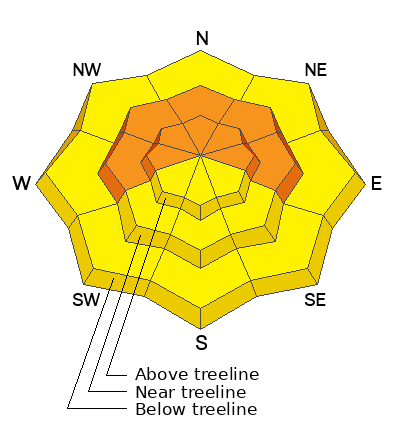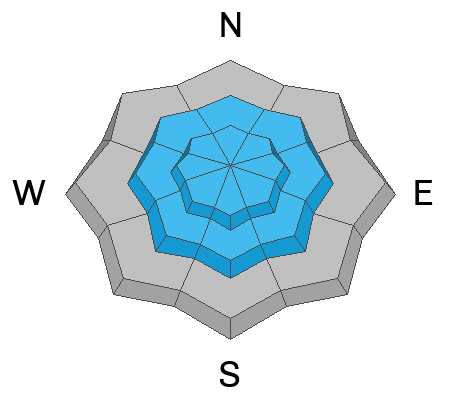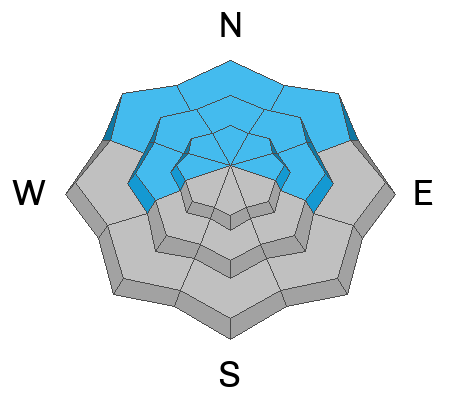Forecast for the Moab Area Mountains

Issued by Dave Garcia on
Tuesday morning, January 9, 2024
Tuesday morning, January 9, 2024
There is a CONSIDERABLE avalanche danger near treeline and above on slopes that face W-N-E. These slopes harbor buried persistent weak layers and recent blowing and drifting snow has pushed these layers to their tipping point. Human-triggered avalanches 2 feet deep or more are LIKELY. On the south side of the compass, we lose the facets and find a MODERATE danger, where Human-triggered avalanches in fresh slabs of wind-drifted snow are POSSIBLE.

Low
Moderate
Considerable
High
Extreme
Learn how to read the forecast here








